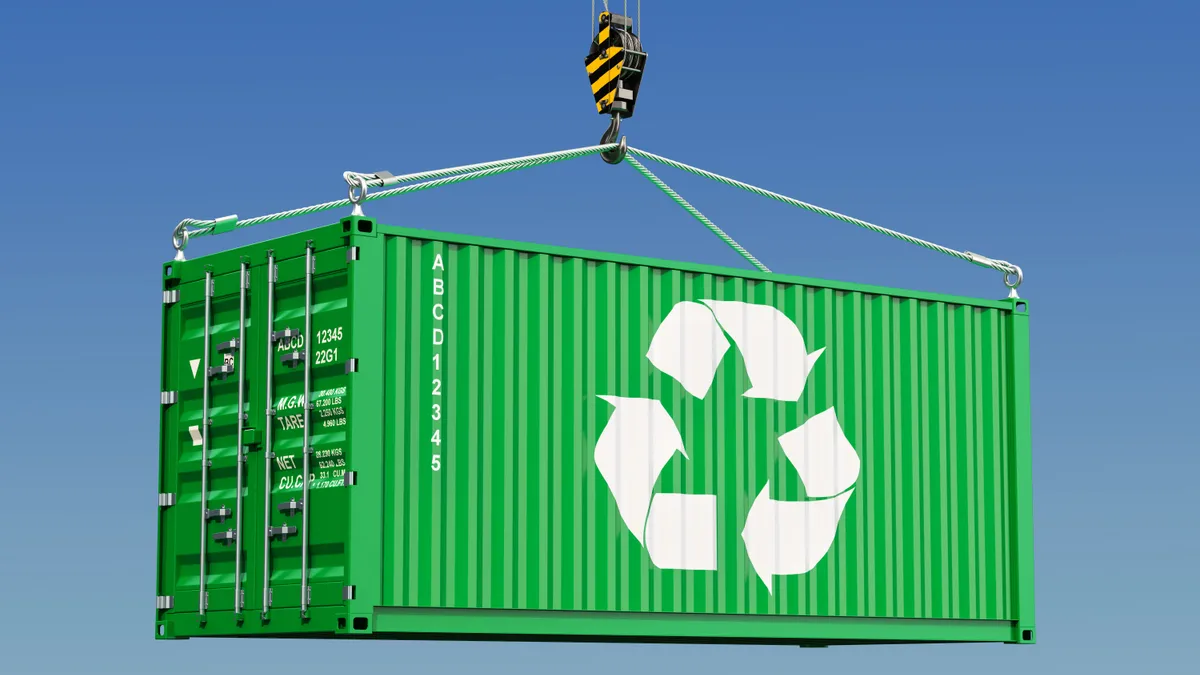Neil D’Souza is CEO of Makersite, a SaaS ESG startup focused on enabling smarter supply chain decisions. Views are the author’s own.
Large U.S. companies can expect to be impacted by the European Union’s Corporate Sustainability Due Diligence Directive, which was agreed to by EU organizations at the end of last year and expected to be formally enacted soon.
The directive, known as CS3D, creates obligations for companies to assess the environmental and human rights impacts of their supply chains. It applies to large EU companies as well as U.S. companies that do at least $300 million in business in the EU.
Due diligence directive
CS3D is all about due diligence. It underpins other directives within some of the EU’s core regulations, including the organization’s Articles of Association, and it sets accountability at the director level. So while many of the other directives and regulations focus on reporting and disclosure, CS3D focuses on the due diligence aspect of those activities.
The directive has multiple tenets but at its core it requires due diligence around companies’ business operations and supply chains. That means companies must look at not just whom they buy from, but who those supply chain partners buy from as well.
Building on CSRD
CS3D builds on another EU directive, the Corporate Sustainability Reporting Directive, which covers disclosure and operations. It requires companies to look at their carbon footprint and their impact on human rights and labor laws, among other ESG goals.

By creating CS3D, the EU has a vehicle for checking in and ensuring these ESG initiatives are being enforced as time goes on.
For example, if a company claims to make a reduction measure in environmental impacts, CS3D will ensure it’s actually doing it. CS3D is the legal obligation to perform the due diligence, not just create a report and claim it.
In this way, CSRD and CS3D go hand-in-hand. But CS3D also supports the due diligence of other regulations and directives, such as the Global Reporting Initiative, Carbon Disclosure Project and the Sustainable Finance Disclosure Regulation, among others.
Compliance and adoption
Still to be included are provisions on penalties and violations, the conditions around the impact on companies and threshold categories such as revenue size and number of employees.
These are all things that remain open for debate before the final version of the directive is published. Official statements on when these obligations are to begin are still to come as well.
For CS3D to be successful, there is a sizable need for auditors and verifiers and resources that don't currently exist. These regulations are still new and there will be some trial and error before the EU can figure out exactly what to validate companies’ claims against. It’s uncharted territory.
Until the skills of auditors and verifiers are developed, there will inevitably be pushback from affected companies over how these directives are to be enforced. After all, these auditors and verifiers and their teams will be responsible for validating supply chains for thousands of products all across the world. There is a lot of room for differences while the directives are new.
A product-centric future
As companies begin to prepare, the best thing they can do is put together a holistic view of their supply chains along with a product-centric view of the lifecycle of their products.
Under a product-centric view, companies start upstream and follow each product all the way downstream so they can get a holistic view of their supply chain. This will better set companies up for success when they try to align their efforts with these regulations when it comes time.
As for when that will be – compliance for CS3D should begin to take effect around 2025. But companies should start to get a handle on their supply chains now.
Though the revenue threshold, at $300 million, is quite large, as these initiatives become more common, these thresholds will go down and more and more businesses will be required to be compliant. So, when looking out into the longer-term future, you can expect to see initiatives like CSRD and CS3D impacting your business.










